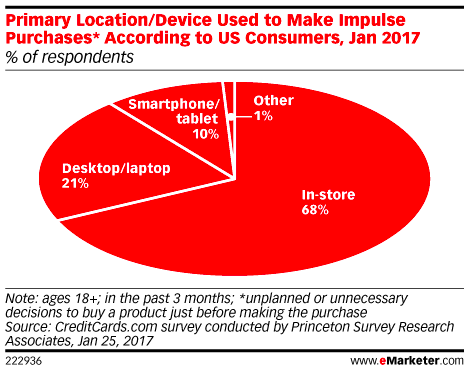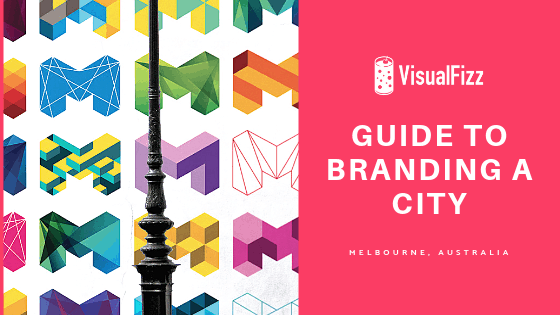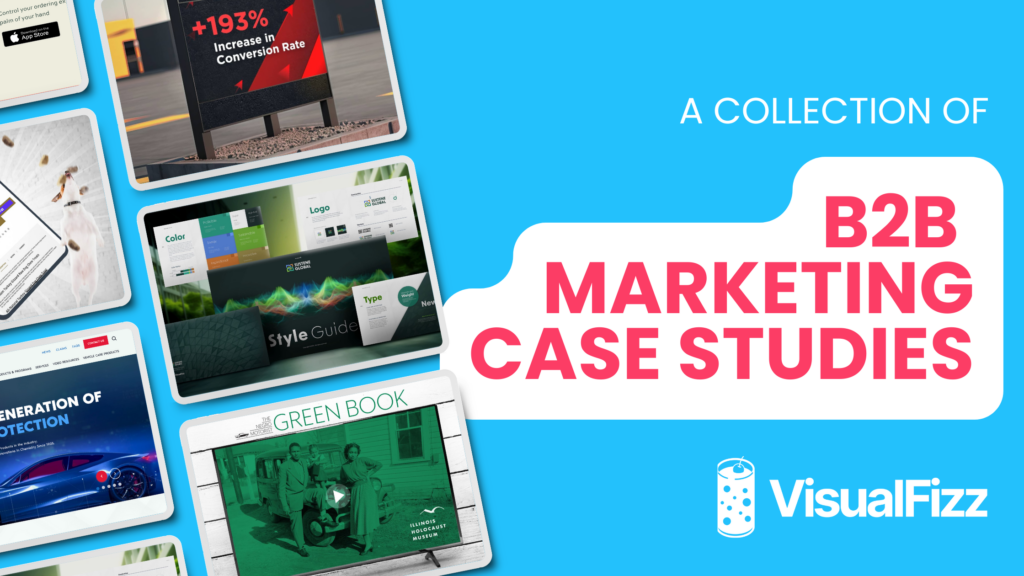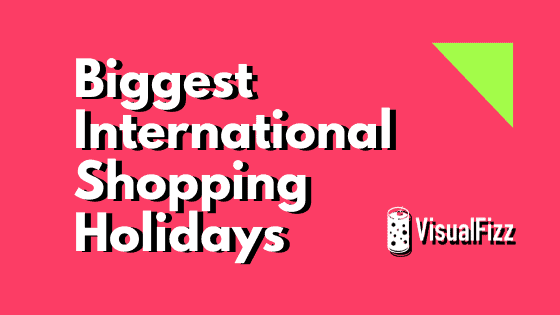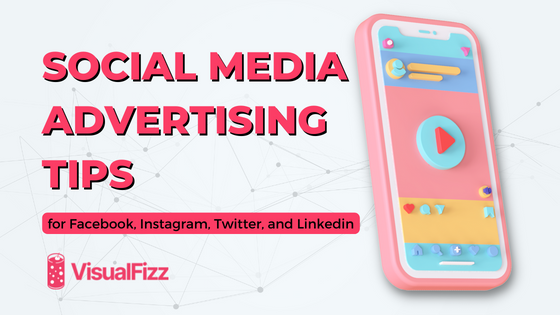
How AR/VR Can Support Your Digital Marketing Strategy
It’s time to face reality and augment your digital marketing strategy to include (you guessed it) Augmented and Virtual Reality. How can your brand incorporate an industry that Business insider has stated: “is expected to grow at an annualized rate of 113% to reach $215 billion in 2021, up from $11 billion in 2017.”?
You start by understanding the difference between Augmented Reality and Virtual Reality.
Augmented Reality vs Virtual Reality
What Is The Difference Between Augmented Reality (AR) Versus Virtual Reality (VR)?
Augmented reality is an immersive user experience which layers digitally generated images over the user’s existing reality, typically through the user’s phone camera or an app. AR blends these digitally generated images into an experience which is intended to be more meaningful and leave a lasting impression because of the user’s ability to interact with it.
Virtual reality, on the other hand, is a digitally-generated simulation of an alternate reality to the one currently being experienced by the user. VR is intended to immerse the user’s sight and hearing in such a way that they feel they are fully experiencing an entirely different reality than the one they were experiencing before donning the VR device.
Incorporate AR For Mobile Devices
Many followers of social media marketing consider Snapchat the original creator of the “video social world” wherein users can layer filters and effects over the media they wish to create. However, more and more brands are understanding the positive effect AR has on their audience.
“The phone is probably going to be the mainstream consumer platform [where] a lot of these AR features become mainstream, rather than a glasses form factor that people will wear on their face” – Mark Zuckerberg, TechCrunch
Figures collected from Business Insider show that “the largest industry use cases for AR and VR will be related to product showcasing in the retail segment.” Brands like Ikea, Amazon, and Estee Lauder have already incorporated AR into the buying experience wherein users can actually visualize what the product will look like in their home or on their person beforeproceeding to check out. Brands would be remiss to not incorporate a technology that, according to a Statista study, is projected to hit 200 million in revenue by 2018.
Create An Impulse Buy Environment
Social media marketing uses advertising tactics to encourage users to make a purchase or take an action. More often than not, purchases made through social media marketing aims to encourage an immediate, impulsive response to purchase, referred to as an impulse buy. According to a study compiled by creditcards.com, “68% of US consumers said their primary location for making impulse buys was in person, in the store.” The same study also concluded that “only 21% of people said they bought impulsively on a desktop/laptop, and just 10% did so primarily via smartphone or tablet.
By incorporating augmented and virtual reality into their marketing strategies, brands can create an impulse-friendly buying experience for the user on any device. Augmented and virtual reality have already been implemented by brands like GAP, with their “Dressing Room by Gap” app that allows users to “try on” different clothing items, view the garment from multiple angels, and purchase the item with a simple touch of the user’s device.
VR and AR as a Part of Experiential Marketing
Any advertising or marketing textbook will tell you that an experience that creates an emotional response in the user is exponentially more likely to result in the user making a purchase. With the success and growing scope of augmented and virtual reality, it’s a mystery as to why they were not incorporated into the digital marketing sphere sooner. Experiential marketing, it seems, is the perfect testing ground for augmented and virtual reality.
Experiential marketers are already attempting to entice users by creating the aforementioned emotional experience. By utilizing AR and VR, marketers can literally simulate the purchase-friendly reality they wish the user to experience. Brands like Marriot have already implemented a VR experience into their digital marketing strategy with their “Transporters”, which enables users to virtually travel to Marriott locations around the world. Even Hollywood has realized the benefits of a virtual reality experience in digital marketing strategies. Wild- The Experience is an interactive film implemented as part of the marketing strategy for the film “Wild” featuring Reese Witherspoon. The virtual reality experience enabled users to “trigger” various scenes from the movie to play on their VR device simply by looking in one direction or another.
Augmented and virtual reality may seem like fragments of an advanced technology, but though the reality may be simulated the data certainly is not. Augmented and virtual reality is here to stay!
Publishing Date:


